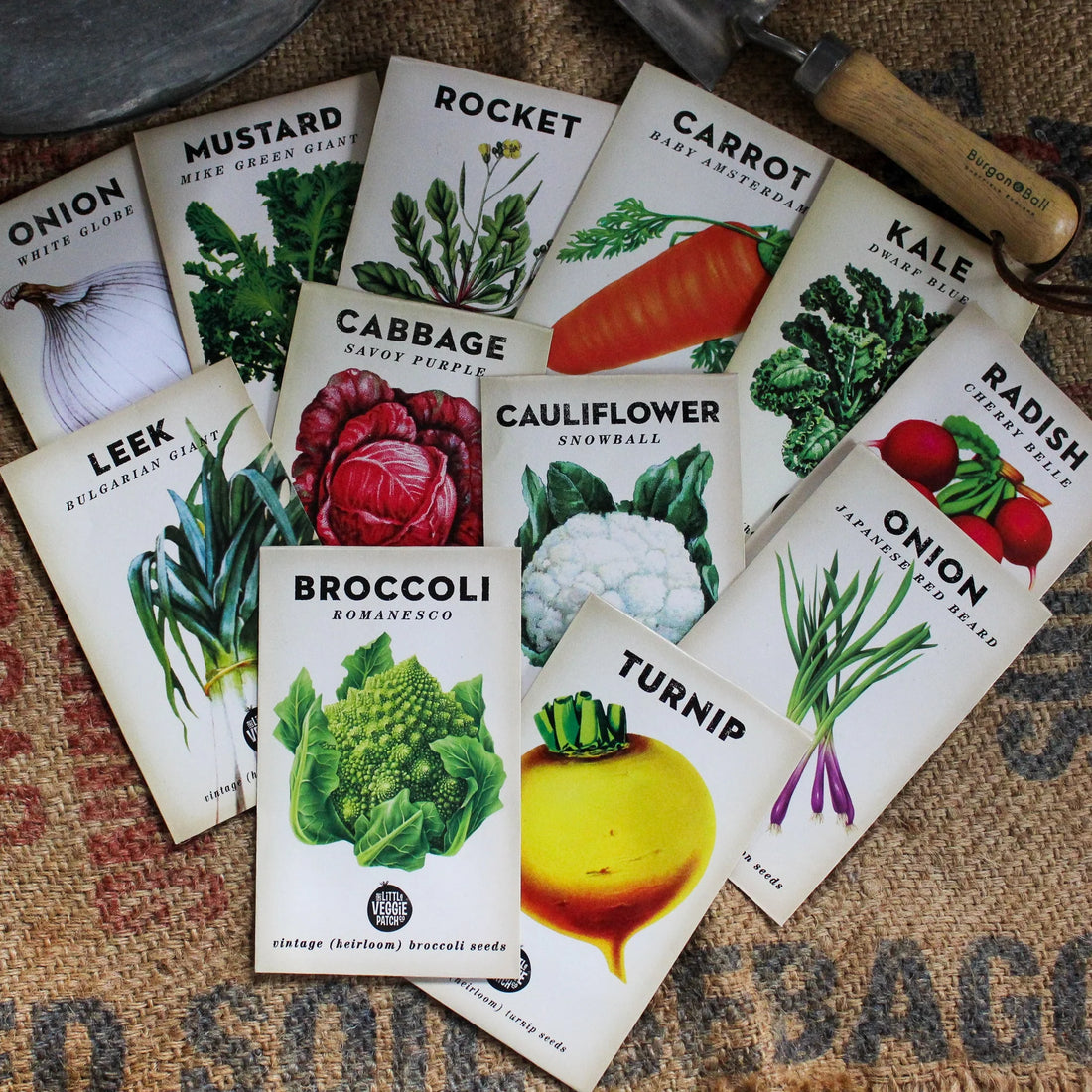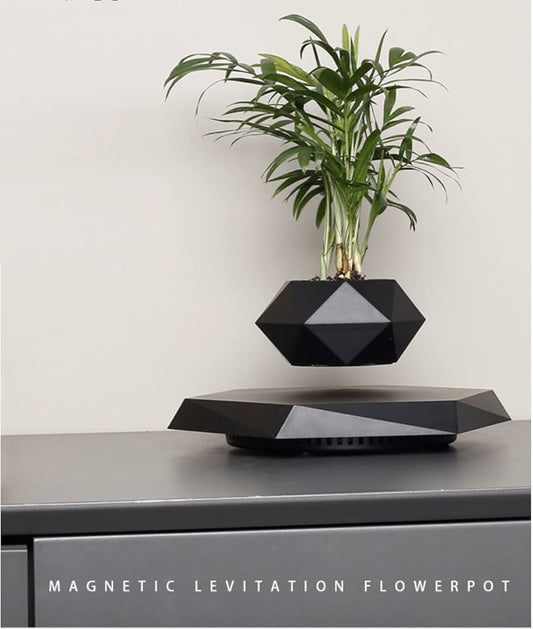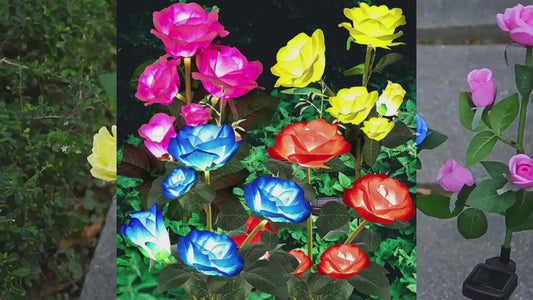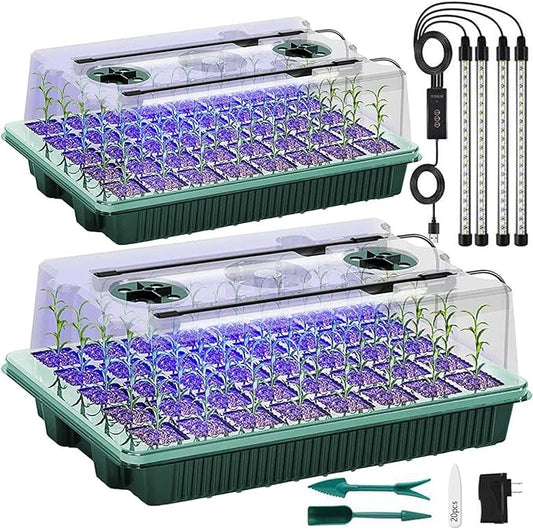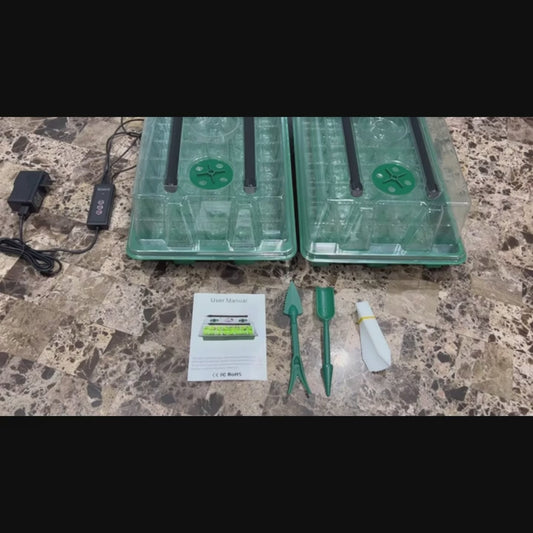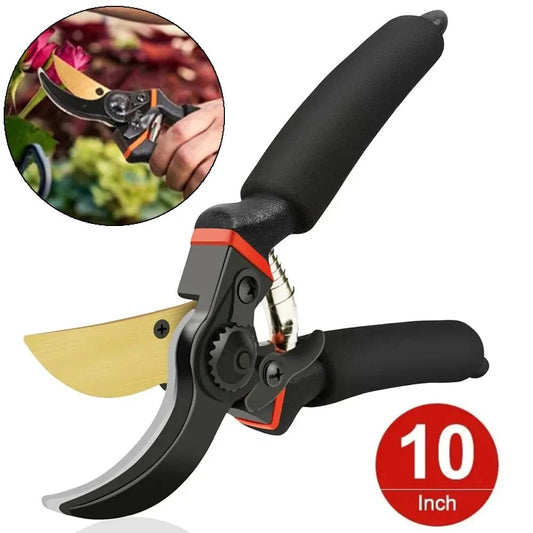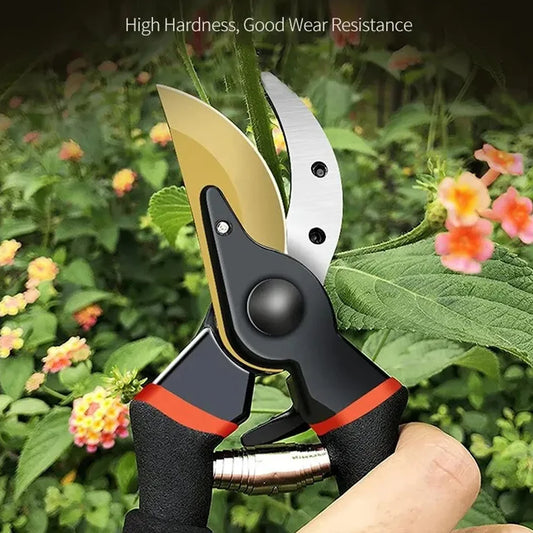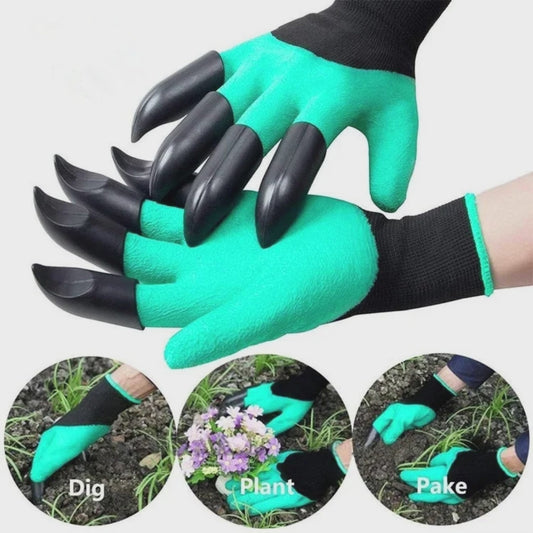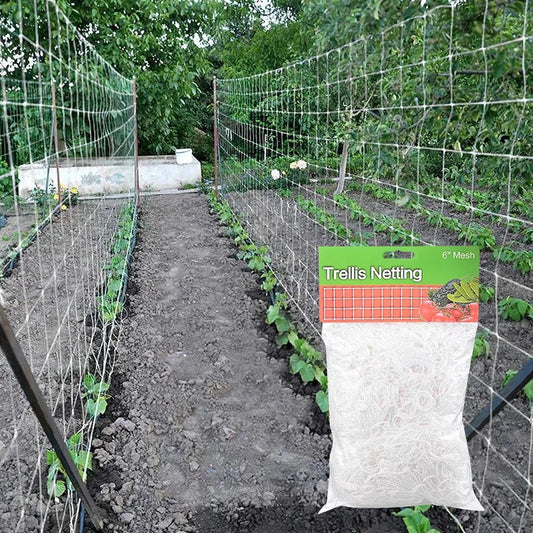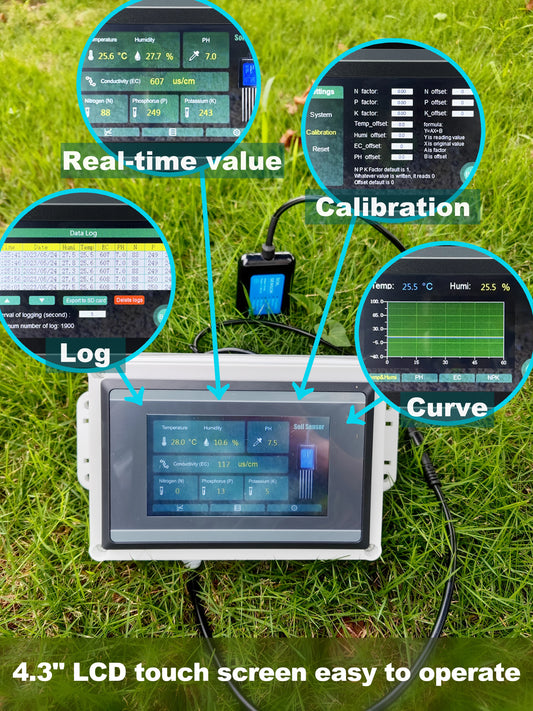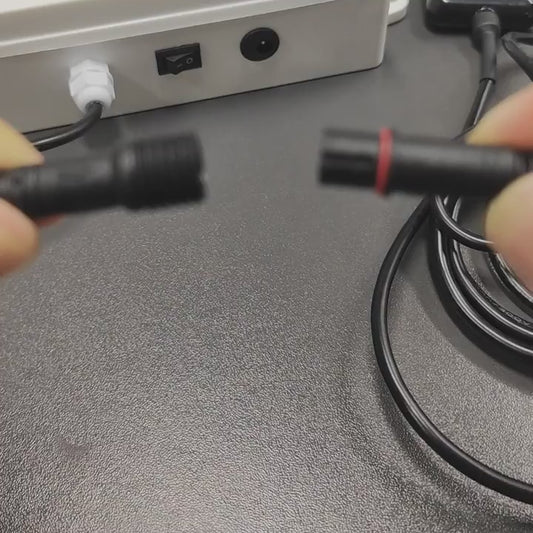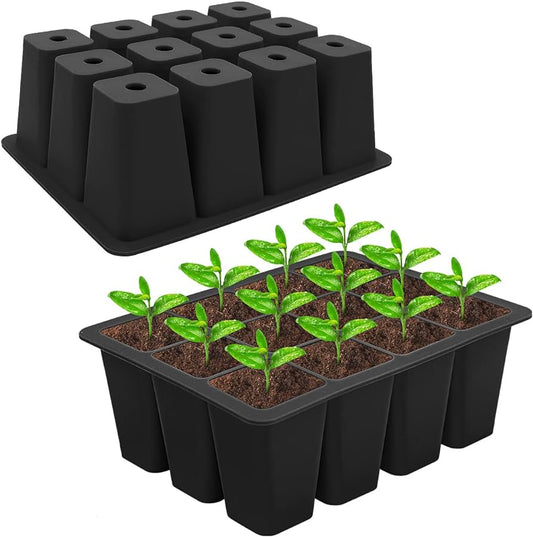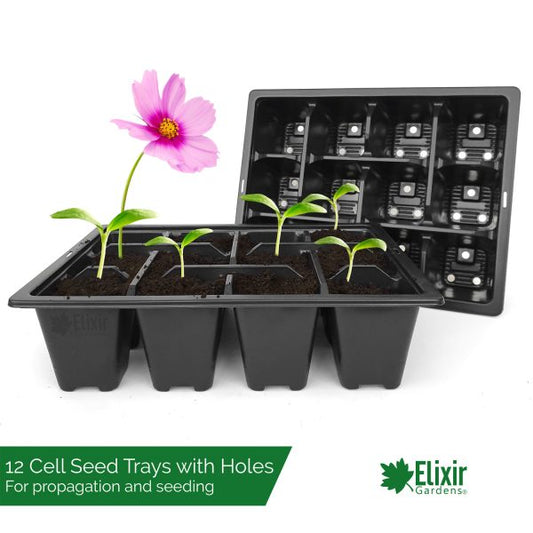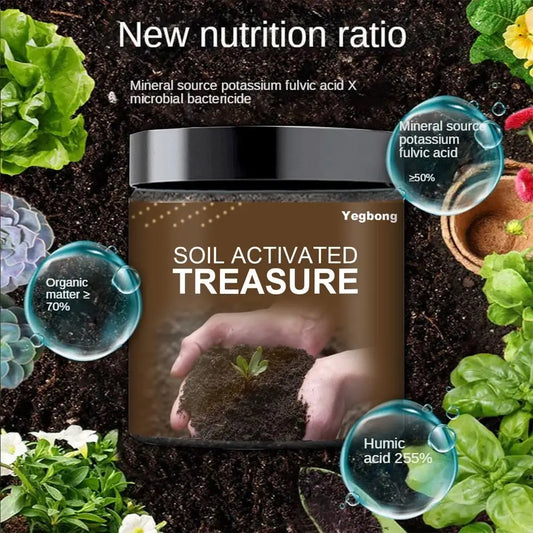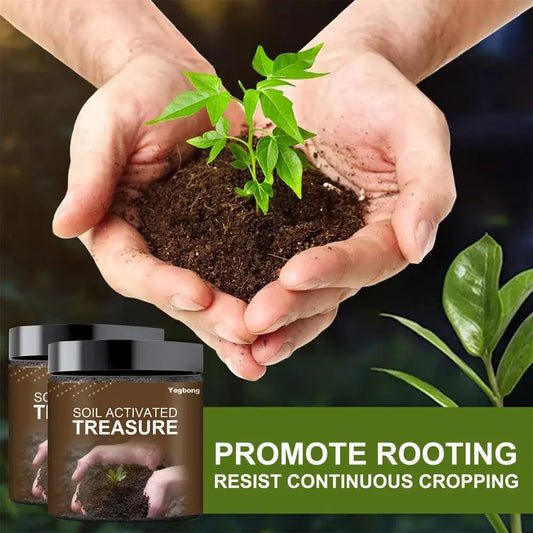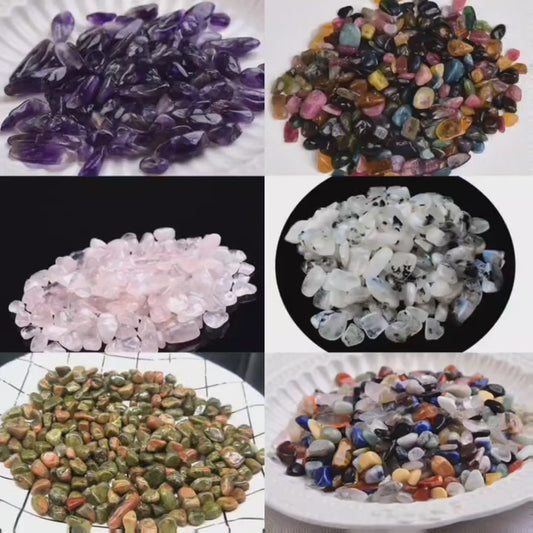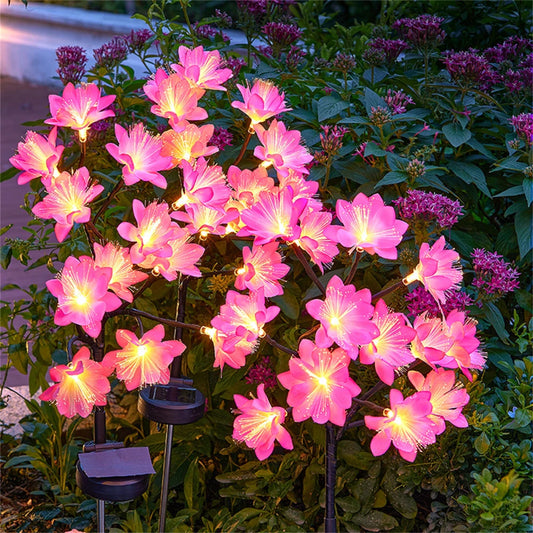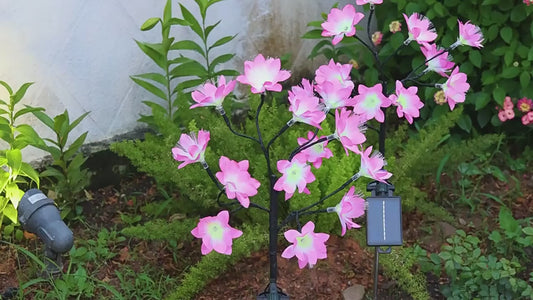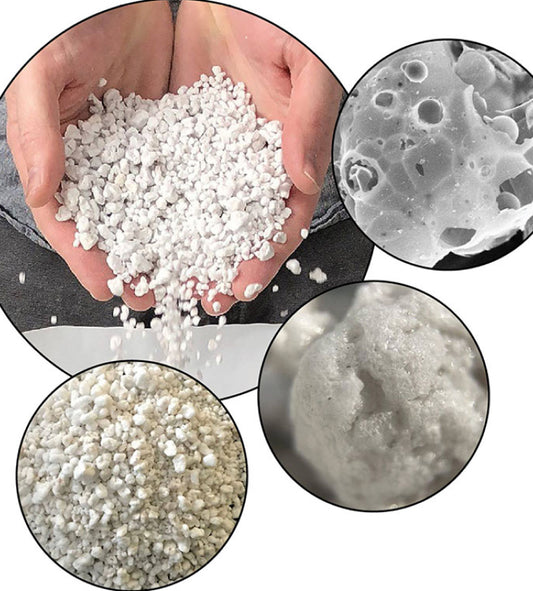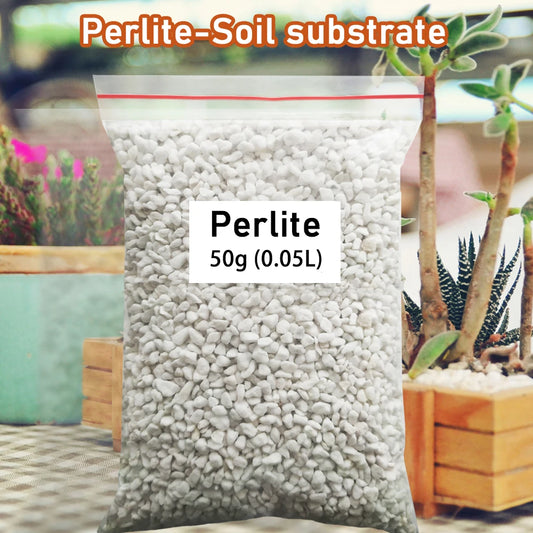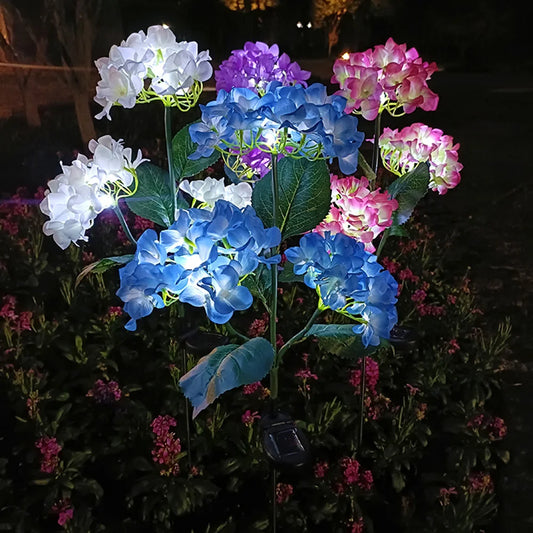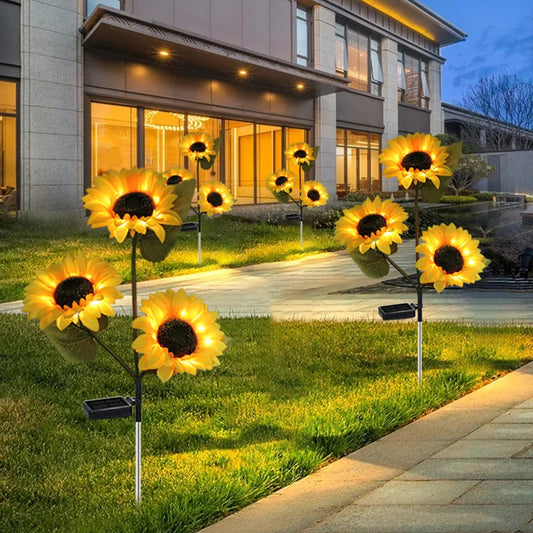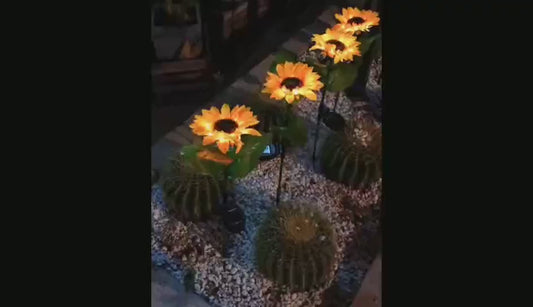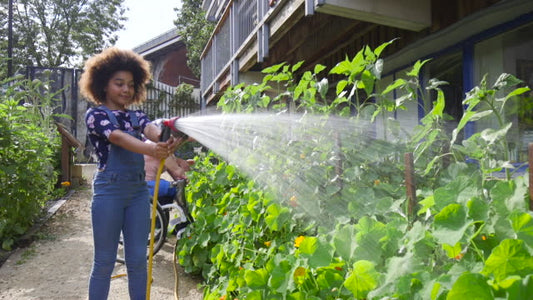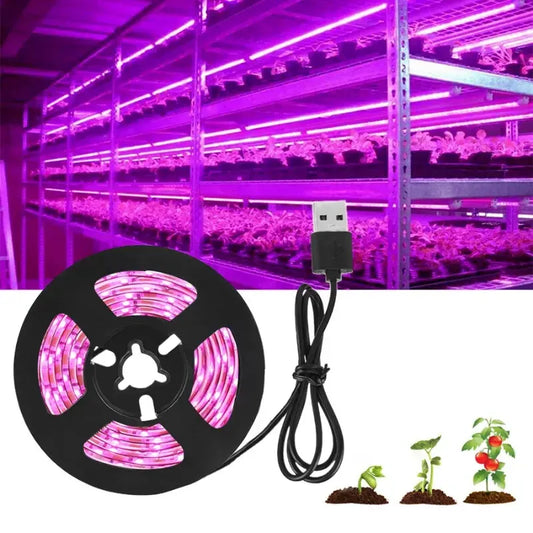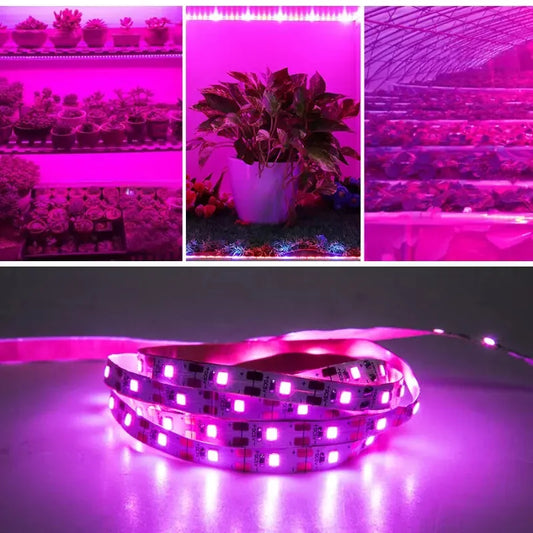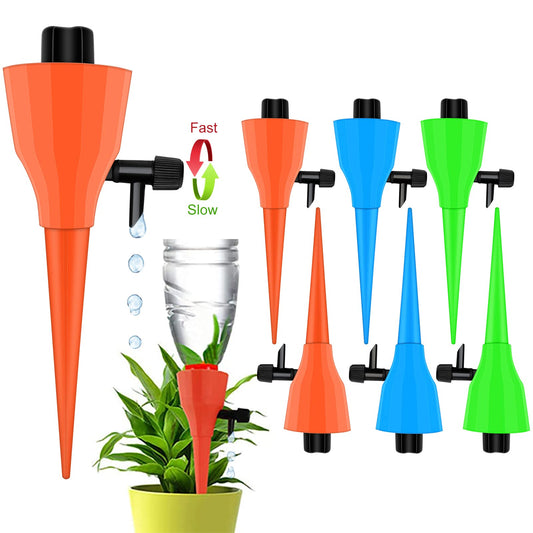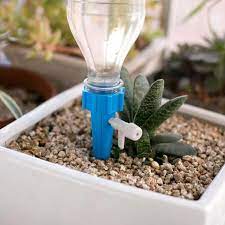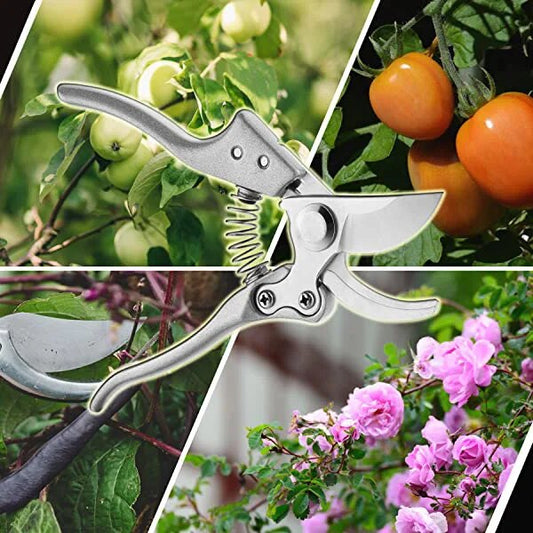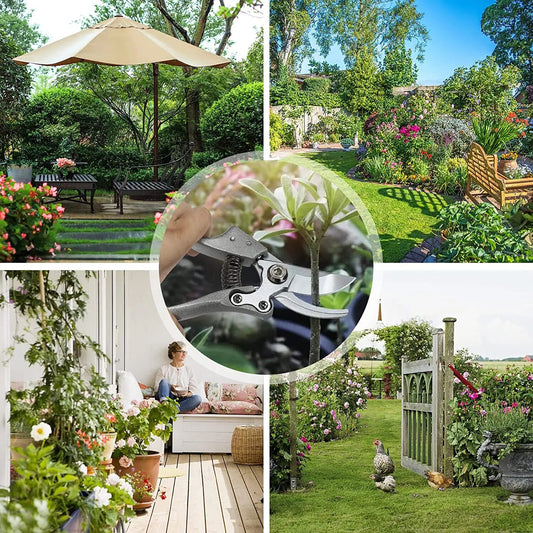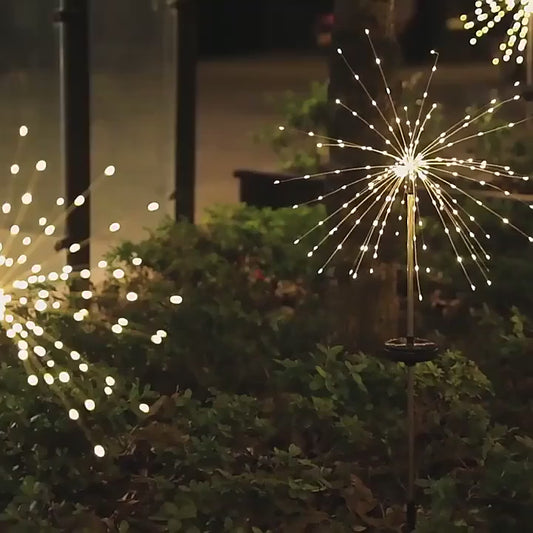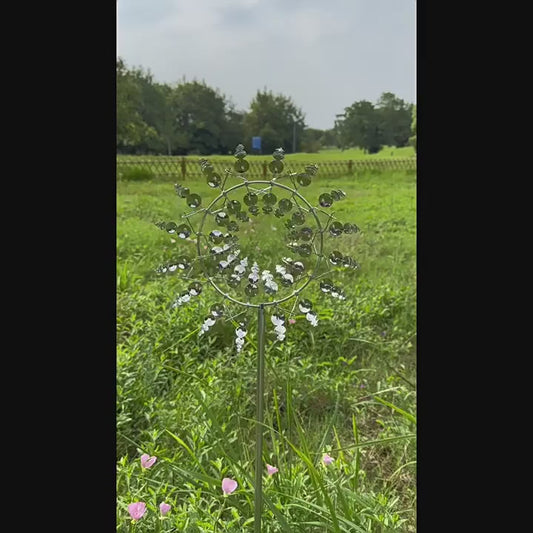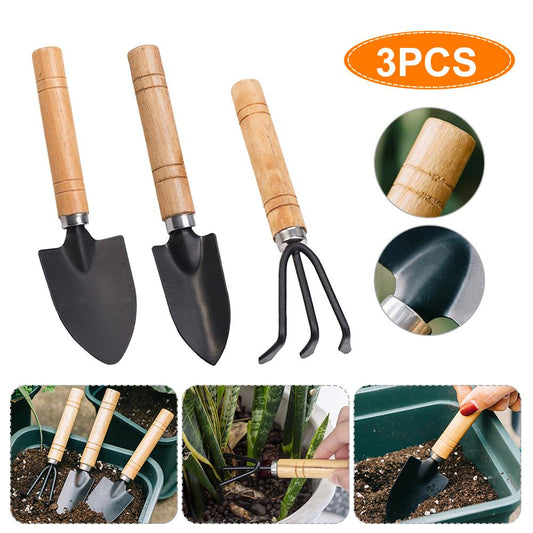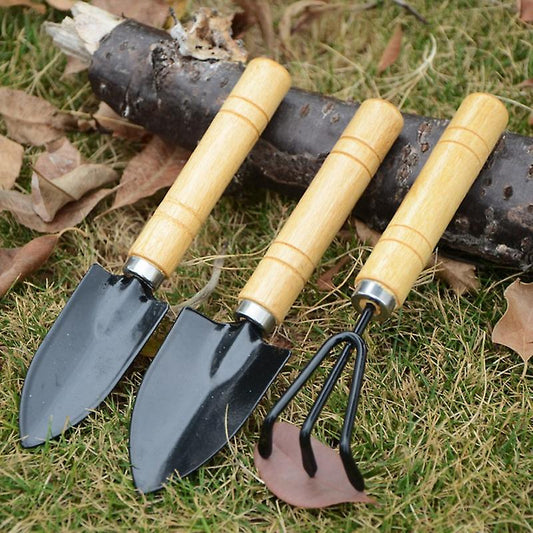How to Efficiently Sow Vegetable Seeds
Sowing seeds is the first step in gardening, isn't it wonderful to see seeds sprout into seedlings? So, how can you ensure that seeds germinate evenly and healthily? Let me guide you through it.
-
Seed Selection: If you're new to gardening, start with easy-to-grow vegetables like tomatoes, turnip, onion radishes, kale, cabbage, spinach, broccoli... Choose reputable seed suppliers. If you want to store seeds yourself, find articles on seed storage that I've shared.
-
Seed Preparation: Once you've selected your preferred seeds, let's get prepared. For most types of seeds, you can directly sow them onto the vegetable bed, but for some seeds with thick and hard coats, such as rainbow chard, carrots, beets, and pumpkins... you should pre-soak them before sowing. Here's how to pre-soak seeds: take an old cloth, soak it in water, then place the seeds in the cloth and fold it for about 24 hours.

-
Prepare Soil for Seed Trays: If you want to germinate seeds before planting them in the soil, prepare seed trays. Prepare the seed tray soil as follows: mix soil with up to 10% organic fertilizer, a bit of perlite, then put it into the seed tray, create a small hole about 0.5cm deep, put the seeds in, cover with soil, water once, and then wait for the seeds to germinate.

Note: This is the step where most people make mistakes, that is, adding too much organic fertilizer to the seed soil. Seedlings actually need very little nutrients as they still receive nutrients from the seeds. Another common mistake is adding too much compost, thinking it will make the soil loose for easier root development. Just a little perlite is enough!
- Caring for Seedlings After Germination: After the first day of seed germination, the first and most important thing to do is to expose the seedlings to sunlight. Otherwise, they may become elongated due to lack of sunlight, and if that happens, you may not be able to plant them and have to start over.

Seedlings are quite sensitive to overwatering or underwatering, so make sure you keep the soil consistently moist and have drainage holes at the bottom of the seed tray.
When the seedlings have grown 2-3 true leaves, if the leaves turn yellow, you may consider adding a little (just a little) nitrogen fertilizer to help the plants grow stronger.
- When to Transplant Seedlings to the Soil: Most vegetables can be transplanted to the soil when they have 3-4 true leaves. Don't let the plants grow too big before transplanting them, as they may suffer shock. When transplanting, be careful not to damage the plant roots, try to remove the plant from the tray while still keeping the soil attached to the roots.

If you can't transplant the seedlings early, they may suffer shock when transplanted. Here's a way to handle it: use half-cut plastic bottles to cover the plants for 2-3 days.

If the weather is warm and you want to sow seeds directly into the soil, after soaking the seeds for 24 hours in step 2, prepare the soil and create a good vegetable bed, then sow the seeds directly into the soil, cover with a thin layer of soil, and try to keep them moist.

Wishing you success! We also have seed trays for sale here.

